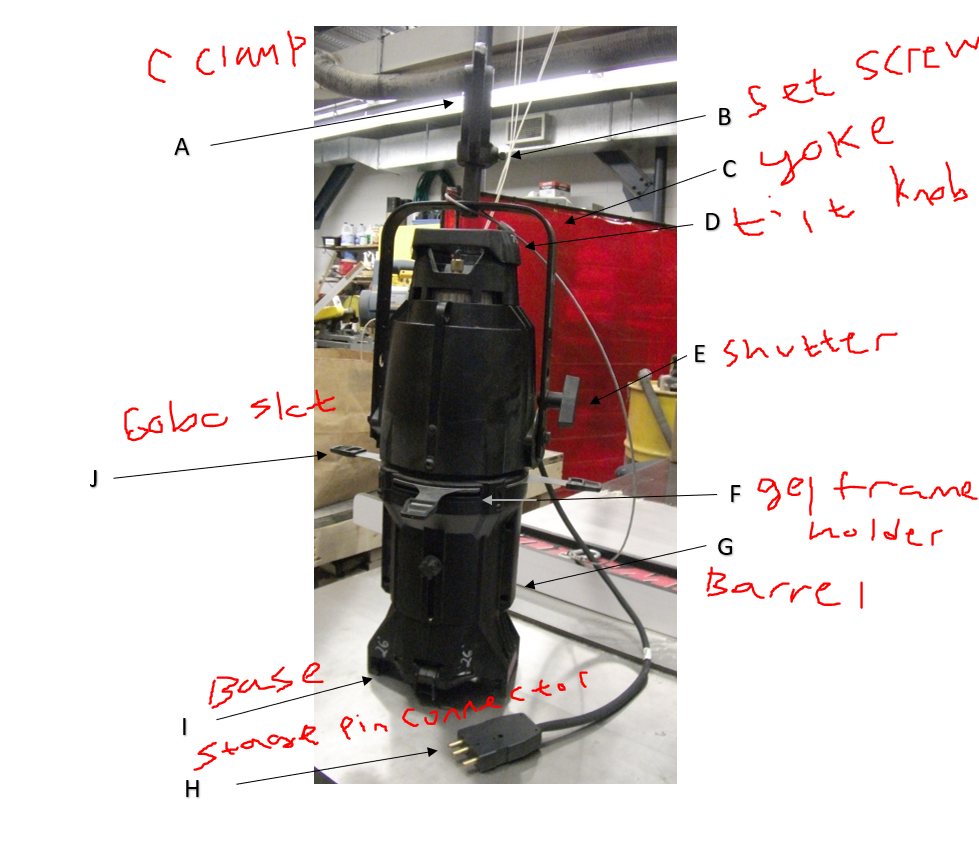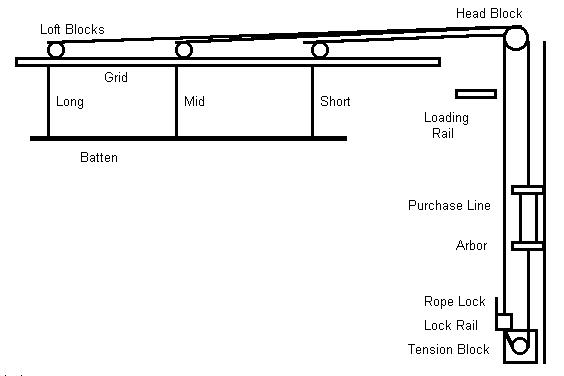Stagecraft Final
1/55
There's no tags or description
Looks like no tags are added yet.
Name | Mastery | Learn | Test | Matching | Spaced |
|---|
No study sessions yet.
56 Terms
Hand Prop
Any item handled or carried by an actor (e.g., book, cup, weapon).
Furniture
Large items actors interact with or sit on, such as chairs, tables, or sofas.
Set Dressing
Decorative items on stage not touched by actors (e.g., curtains, pictures).
Who is allowed to handle props?
Actors or stage/prop master
Counterweight System - Parts
Includes batten, arbor, weights, rope lock, loading rail, and operating line.
Square Knot
Used to join two ropes of the same diameter. Good for securing bundles.
Clove Hitch
A binding knot used to attach rope to a pipe or pole.
Bowline
Creates a fixed loop at the end of a rope. Easy to untie.
Figure 8 Knot
Used as a stopper knot or for climbing safety.
Functions of Costume Design
Define character, establish setting, support storytelling, and enable movement.
What is a Costume Rendering?
A detailed colored drawing of a costume for a specific character.
2 Main Jobs of a Stage Manager
Calling the show and maintaining communication/documentation.
Calling a Warning vs Cue
Warning: alert that a cue is coming. Cue: the actual command to execute an action.
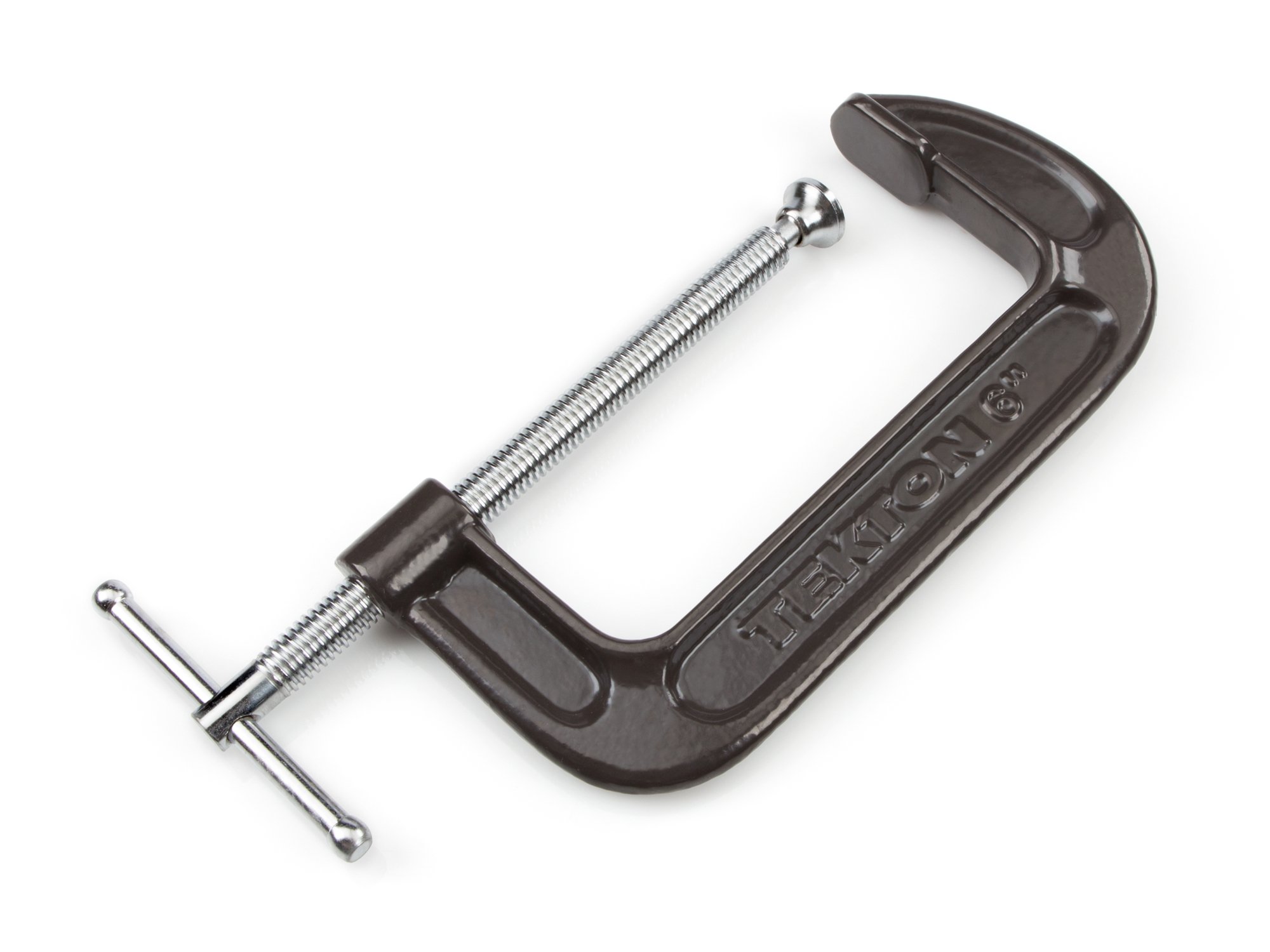
C-Clamp
Attaches the light fixture to a batten or pipe.
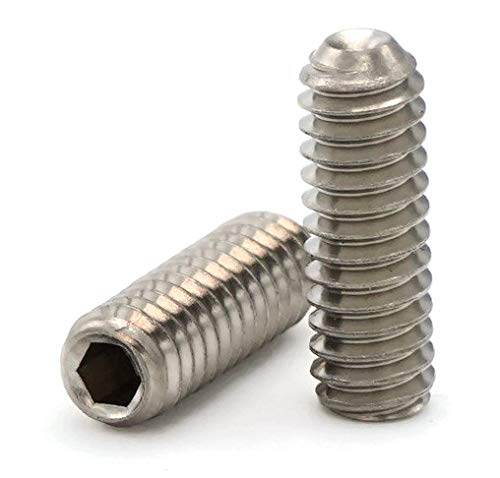
Set Screw or Pan Screw
Allows the fixture to rotate (pan) and secures position.
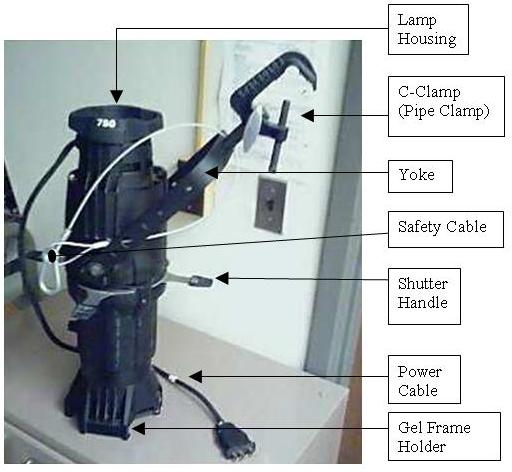
Yoke
The U-shaped bracket that holds the lighting fixture.
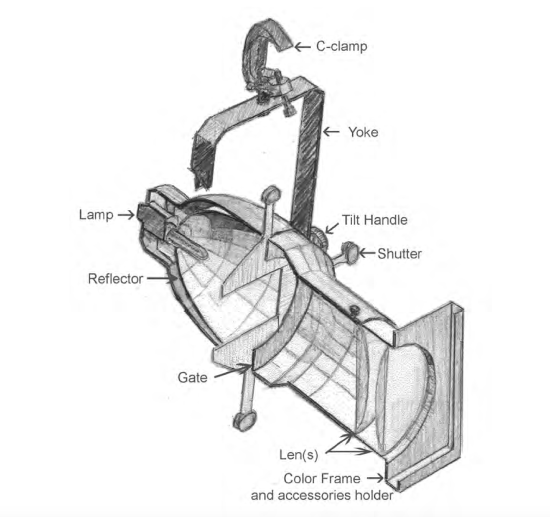
Tilt Knob
Adjusts the vertical angle (tilt) of the light.
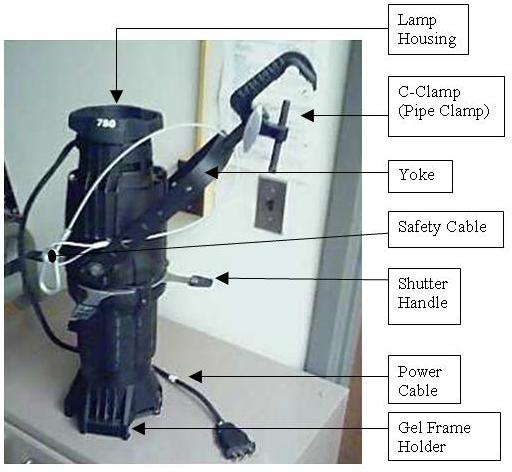
Base
Bottom of the light fixture that connects to the yoke.

Shutter
Used in ellipsoidal fixtures to shape the beam.

Effect Slot / Gobo Slot
Holds metal templates (gobos) to project patterns.
Barrel
Front part of light where the lens is housed.
Gel Frame Holder
Holds colored gels in front of the lens.
Reflector
Reflects light forward in the fixture.
Lens
Focuses and shapes the beam of light.
Fresnel
Soft-edged light; adjustable beam with a stepped lens.
Parabolic Reflector (PAR)
Intense, non-adjustable beam used for washes.
Ellipsoidal (ERS)
Hard-edged beam with shutters and gobo slot.
LED
Light-emitting diode fixtures, energy efficient and color versatile.
Front of House
Lighting positions located in front of the stage (e.g., ceiling, balconies).
Box Booms
Vertical lighting positions on sides of the proscenium.
Cat Walks
Walkways above the audience for overhead lighting access.
Stage Positions
Lighting positions located onstage.
Booms
Vertical pipes used to hang lights at different heights.
Floor
Lighting fixtures placed directly on the floor for up-lighting effects.
Power Formula
Volts x Amps = Watts (V x A = W)
Volts
Electrical pressure. Standard is 120V in U.S.
Amps
Amount of electrical current.
Watts
Amount of power used.
Gauge
Thickness of the wire; lower number = thicker wire.
Edison (Parallel Blades)
Standard household plug with two flat blades.
Stage Pin
Three-pin connector used in theaters for lighting.
Twist Lock
Connector that locks in place to avoid disconnection.
Conductors vs Insulators
Conductors allow electricity to flow (e.g., copper); insulators resist flow (e.g., rubber).
DMX
Digital protocol used to control lighting fixtures from a console.
Visibility
Ensuring the audience can see actors and action.
Selective Visibility
Directing focus to specific areas of the stage.
Reveal Form
Using light to show the shape and dimension of objects or actors.
Create Mood
Using lighting to evoke emotion or atmosphere.
Direction
Where the light is coming from.
Focus
Where the light is aimed or concentrated.
Intensity
Brightness of the light.
Movement
Change in lighting over time.
Color
Hue of the light; affects mood and setting.
